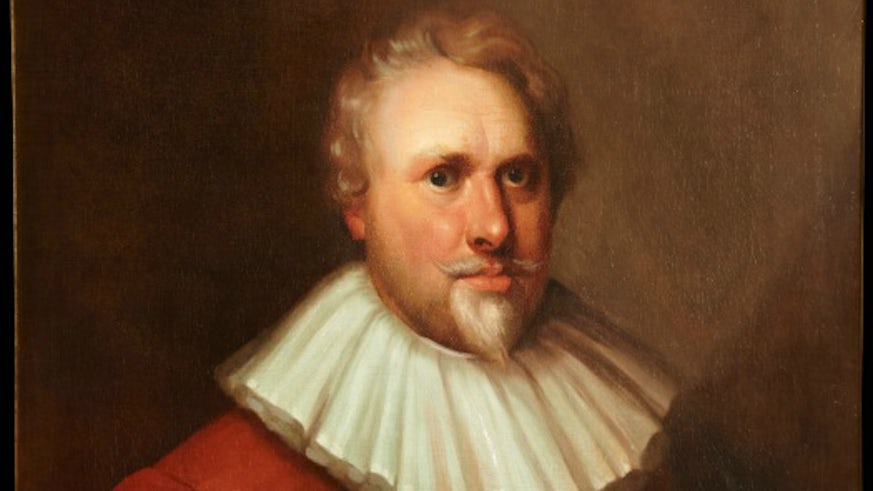The Water Poet on Wales in the wake of England’s Civil War
12 July 2017

A new Cardiff University research project seeks to shed light on a unique historical travel writer and poet who journeyed around Wales in the summer of 1652.
John Taylor (1578-1653), self-titled ‘the Water Poet’, was a larger-than-life figure who worked as a Thames waterman for much of his life. The celebrity poet, pamphleteer and pioneering journalist undertook the 600 mile journey towards the very end of his colourful life.
A historical journey
Recording a snapshot Early Modern picture of the principality, the Waterman began his historical journey in London before heading up through the Midlands to north Wales. With his horse Dun, he travelled from north to south Wales, including stops at several Royalist houses, and dinner with the town clerk in Cardiff.
Over three centuries Taylor’s writing has been mined by literary critics and historians for contextual information, but most people are now unaware of this early modern celebrity.
Research Associate Dr Johann Gregory, who also teaches Shakespearean drama in the School of English, Communication and Philosophy, has devised the digital-meets-early modern pilot project to mirror the remarkable trip in real time, taking us back to the time of the Interregnum, the period when Cromwell and the parliamentarians held power after the execution of Charles I.
Taylor’s travelogue and a Google map
The journey will be relived via social media, kicking off on 13 July - when Taylor set off from London to early September when he returned home. A new online modern-spelling edition of Taylor’s travelogue and a Google map of the route will make the remarkable journey come alive for today’s digital age.
Most famous in his day for rowing down the Thames in a paper boat in an early publicity stunt, the boatman became a celebrity of his age, known for whimsical accounts of his travels. Considered to be a proto-journalist and early war correspondent, John Taylor was one of the first authors to publish by subscription. The son of a surgeon from Gloucester, he would serve at Cadiz in the Elizabethan Navy at just 16, publish poetry and writings over five decades and become a Royalist political pamphleteer and ‘Beefeater’ for Charles I before ending his days as the landlord of The Poet’s Head in London. His publicity stunts and journeys can be seen as part of a wider early modern interest in strange tales, news from afar, and the state of the country.
“England and Wales were at a historical crossroads in 1652. Taylor’s eye-witness account, written partly in verse, reports on some of the ways in which Wales was effected by the years of turmoil following the Civil War as well as showing his enthusiasm for conversation with new people and travel, even at the age of 74 with a gammy leg” explains Dr Gregory.
As part of the project, a group of school children in Aberystwyth will be responding to Taylor’s account of his route through their hometown. Penglais School pupils have produced illustrated maps of his route, contributing to the project’s visualisation of his journey.
Building on earlier research using John Taylor's Works (1630) held in Cardiff University's Special Collections, the pilot project culminates in the researcher’s own journey to Cambridge University in September to present on John Taylor's journey around Wales and reflect on the experiment.
For updates on the real-time journey and blog posts, follow researcher Dr Johann Gregory on Twitter. For more project information, visit the new John Taylor website.

